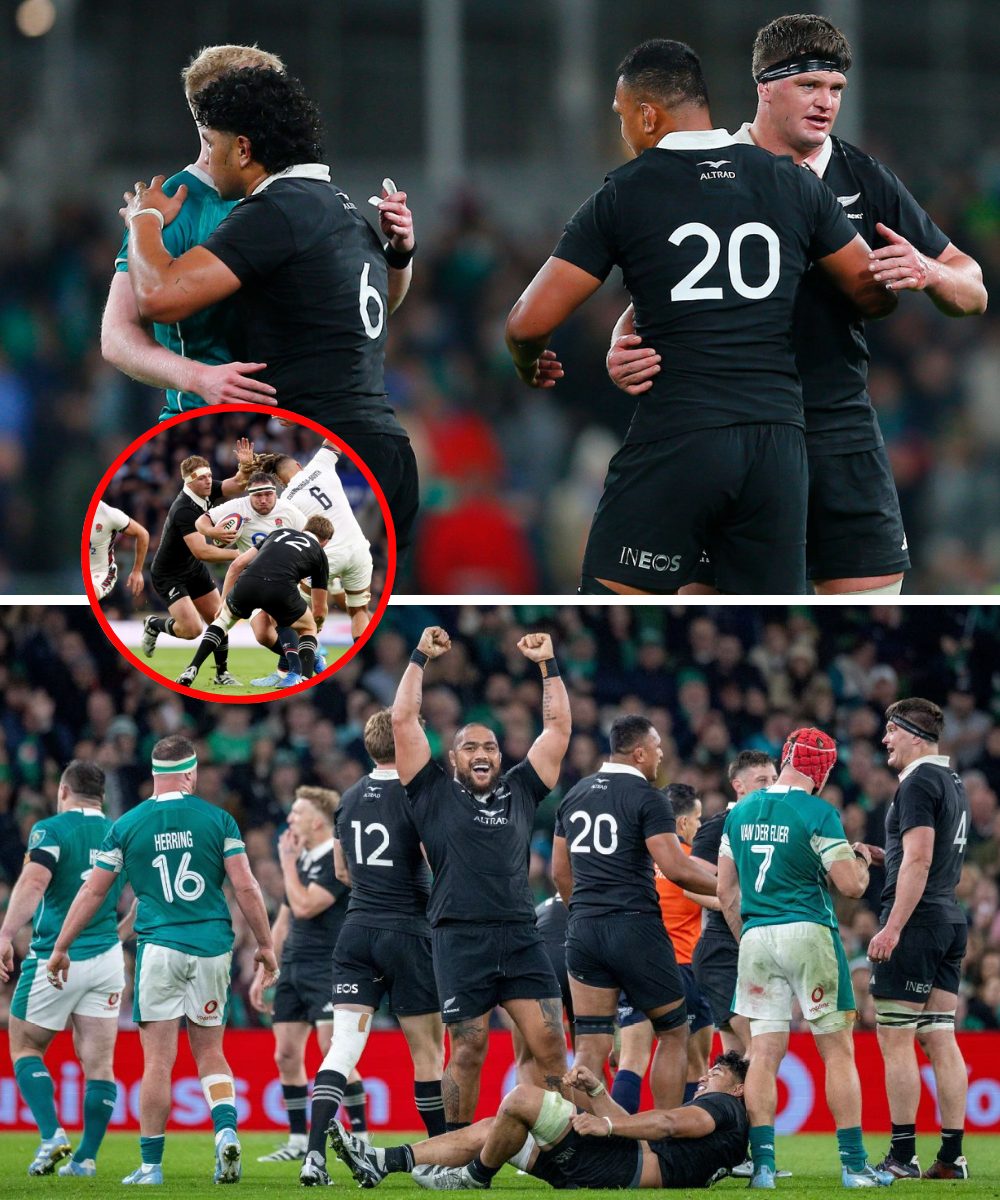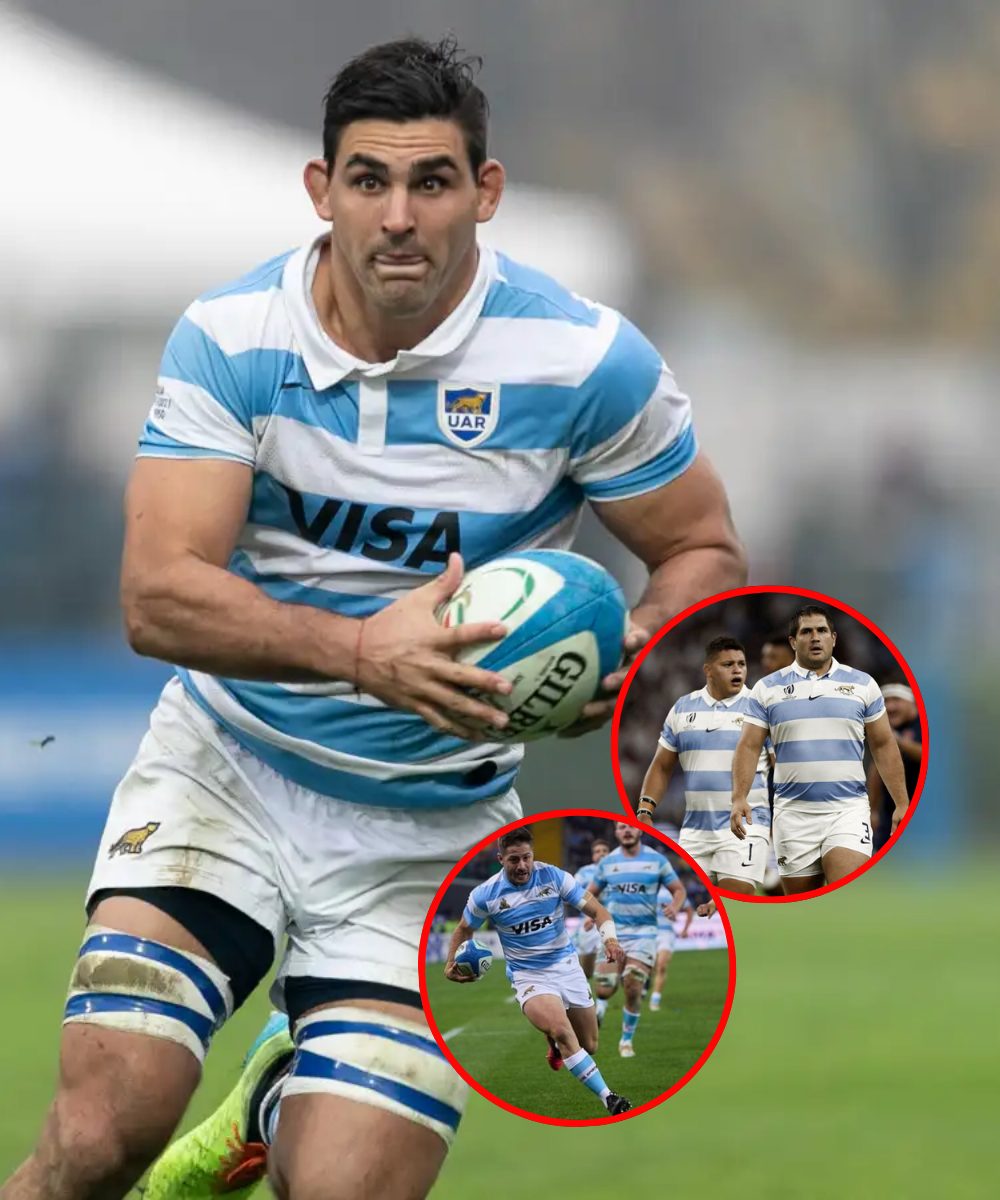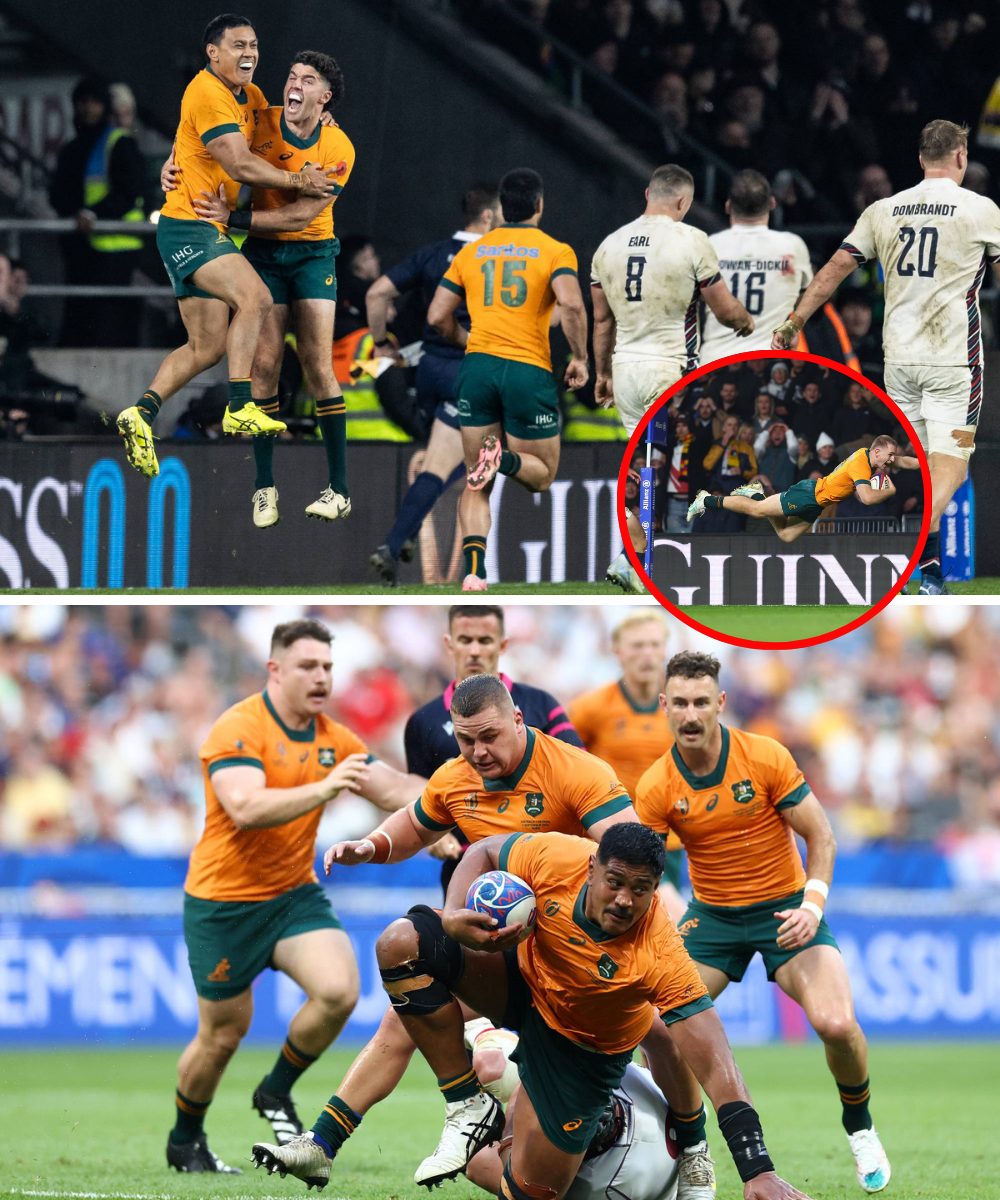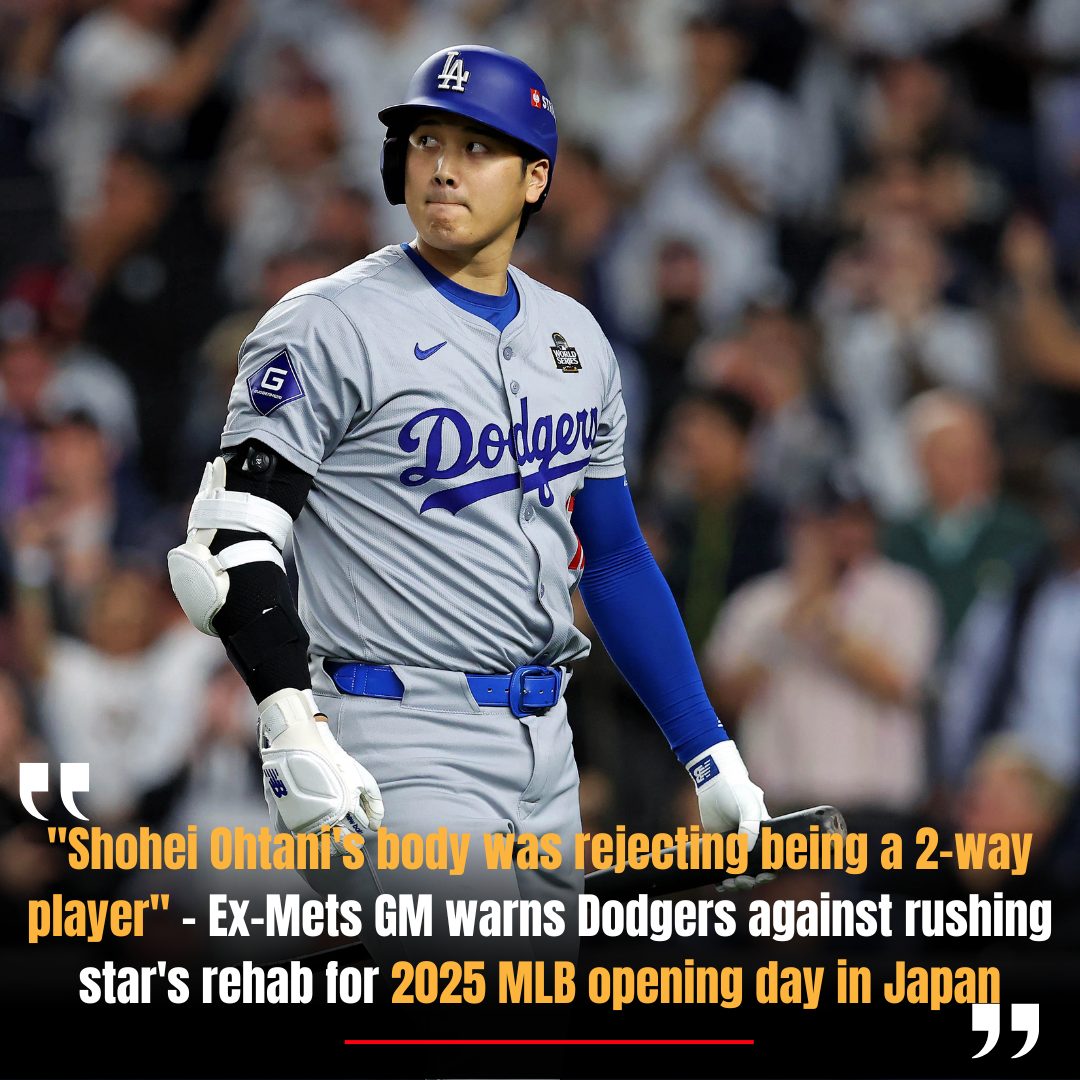The purpose of the “Winning Isn’t For Everyone” campaign is to make us feel. To make us react. To make we as a society obsessed with sports to use sports to have a greater conversation about the meaning of sports and life.

Team USA’s Lebron James dunks the ball against Team Serbia during the first half of the Men’s Group Phase — Group C game between Serbia and the United States on day two of the Olympic Games Paris 2024 at Stade Pierre Mauroy on July 28, 2024 in Lille, France. Gregory Shamus/Getty Images
Yup, they done did it again. Nike. Infuriating a nation. So them.
But this time, they detonated a whole new level of annoyance for a totally different reason. It’s said in moments of panic, when the moment becomes urgent, we often revert to our bad — original — habits. But bad ain’t always bad. Sometimes bad can have a whole contrasting definition.
Take the new ad Nike dropped to coincide with the Olympics. The by-now infamous and omnipresent “Winning Isn’t For Everyone” spot. Within one week of the Olympics, it became the talk of the games damn near equal to the return of Simone Biles and the dominance of Leon Marchand. It became more than just a commercial, it became a conversation.
Ad Age used the word “provocative” in describing the ad. The Growth Equation’s website ran an op-ed titled, “Why Nike’s Olympic Ad Gets Greatness Dead Wrong.” On LinkedIn, people called it everything from “bullying” to “lazy.” On all other social platforms, words found range: “Disrespectful,” “Overtly Aggressive,” “Poor messaging,” “A bad anthem,” “Un-unifying,” That it has to be “one of the worst Nike ads ever.”
To many — especially under the current circumstances Nike Inc. is facing with historic stock plummets, quarterly sales drops, a recent global layoff of 5% (approx: 4,300) of employees, internal reorganizing, investors reportedly saying the company is “in a crisis” and possibly coming at CEO John Donahoe like the Democrats came at President Biden, while the competition is not only chipping away at the market share but eating away much of its cultural cool — the ad comes off as straight “tone deaf.”
Hard times have hit Nike like a RUN-DMC song. “Spreading just like the flu/Watch out, homeboy, don’t let it catch you/Prices go up, don’t let your pocket go down/When you got short money, you’re stuck on the ground/Turn around, get ready, keep your eye on the clock/And be on point for the future shock.” And the future’s shock for Nike literally became this ad.
Which is why everyone demonizing and denigrating the spot, although not entirely wrong, are low-key missing the point. They’re mistaking execution for effectiveness. The purpose of the “Winning Isn’t For Everyone” campaign isn’t to make us agree with, like or embrace it or its messaging. Its purpose is to make us feel. To make us react. To make we as a society obsessed with sports to use sports to have a greater conversation about the meaning of sports and life. With the image of a swoosh at the end. Periodt.
At the very least, the commercial does exactly that. And it does it in a way that in five years — if Nike survives this “bloodbath” — they’ll (and we can all) look back to this single ad as the catalyst of their resurrection. What people tend to forget is that Nike is a marketing company, not a sports brand. Something Phil Knight, the company’s founder, told me while I was writing a book on the then-company’s 30-year basketball history in 2001.
From the original inspirational “There Is No Finish Line” and culturally influential “Iceman” posters, to revolutionary TV ads using the Beatles music and starring Michael Jordan and Bo Jackson and Colin Kaepernick, they’ve tapped into the public consciousness in ways few corporations ever have. Which in turn made us make them a part of our lives.
In sports, there are two things: Win or lose. In advertising, there are two questions: How do you feel about the ad? Followed by: How does the ad make you feel?
Nike going through one of the worst financial collapses the company has ever experienced simply got with its longtime ad partner, Widen+Kennedy, and got back to where it once belonged. Knowing that while product innovation has always been at the core of its existence, it has been the messaging of who it is that has always been its savior. This ad was done to save Nike. It’s a “pray and plan for my downfall” move.
While other companies, including Google, Amazon, ESPN, LVMH, IBM, UPS, Tesla, are going through layoffs and financial struggles too, they ain’t Nike. Nike’s job — or what it believe is the company’s responsibility, especially to shareholders — is to make us feel a certain way. And the visceral response the latest ad caused is so strategic most everyone continues missing the evil brilliance of it.
In 90 seconds, with LeBron, Serena, Kylian, Wemby, Sha’Carri, Jakob, A’Ja, Giannis, Qinwen, Kobe, some ping-pong phenom licking her paddle, some leg-less wrestler about to go into battle and some 𝘤𝘩𝘪𝘭𝘥 looking as if she’s about to defeat the Earth, all with the help of Willem Dafoe in full Green Goblin mood, Nike showed us — reminded us — both who it is and what needed to be done.
Because to feel means you engage, if you engage that means you care, if you care then you are investing. Emotionally, economically, psychologically. Personally. Which all leads to everything Nike needs to re-resonate in our subconscious, which repositions it as itself and eases its financial downfall. Ask yourselves, is that bad?





